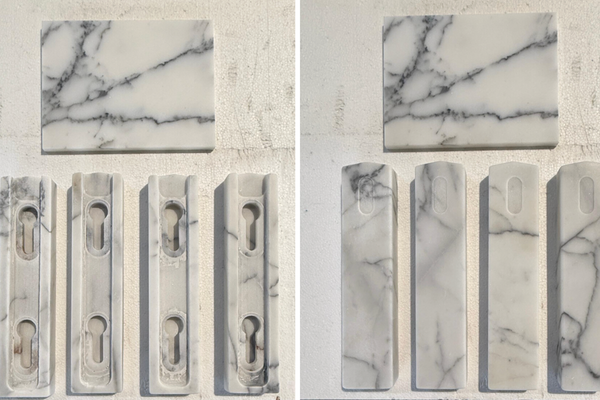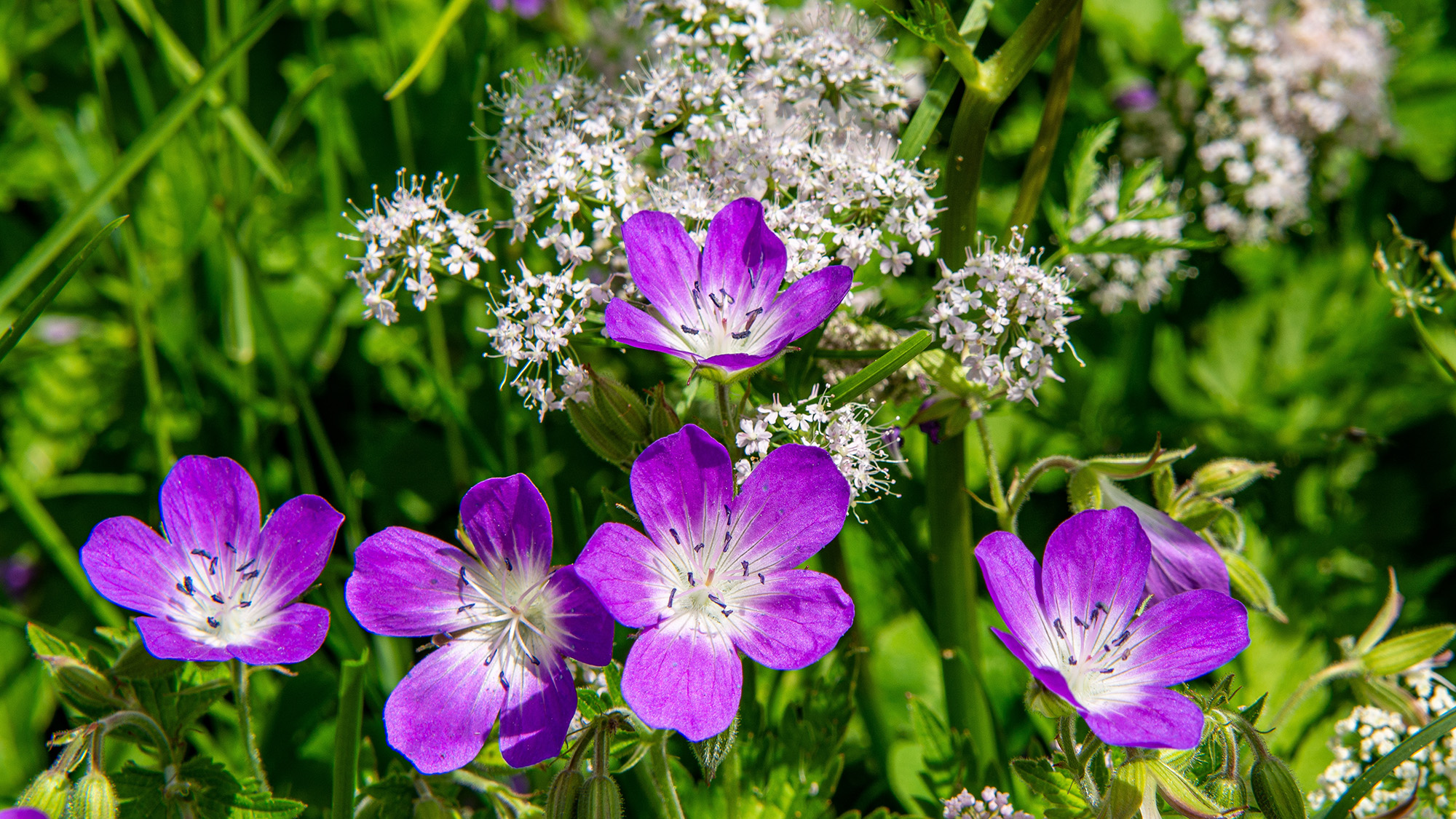
The heat is on, and we’re experiencing heatwave after heatwave, with no sign of a break. I’m struggling to stay cool this summer and hydrated in the scorching sun, and my garden is crying out for some shade and a heavy downpour, too.
I’m not alone in my quest to keep my garden looking anything but dried out and forlorn in the extreme heat, but it feels like an endless battle. However, thankfully, some plants can handle the heat and will put on a beautiful summer display.
Here, Emily Lambert, conservation scientist and co-founder of the wildflower company, Seedball, suggests five drought-resistant flowers that will thrive in the sun.
1. Coneflowers
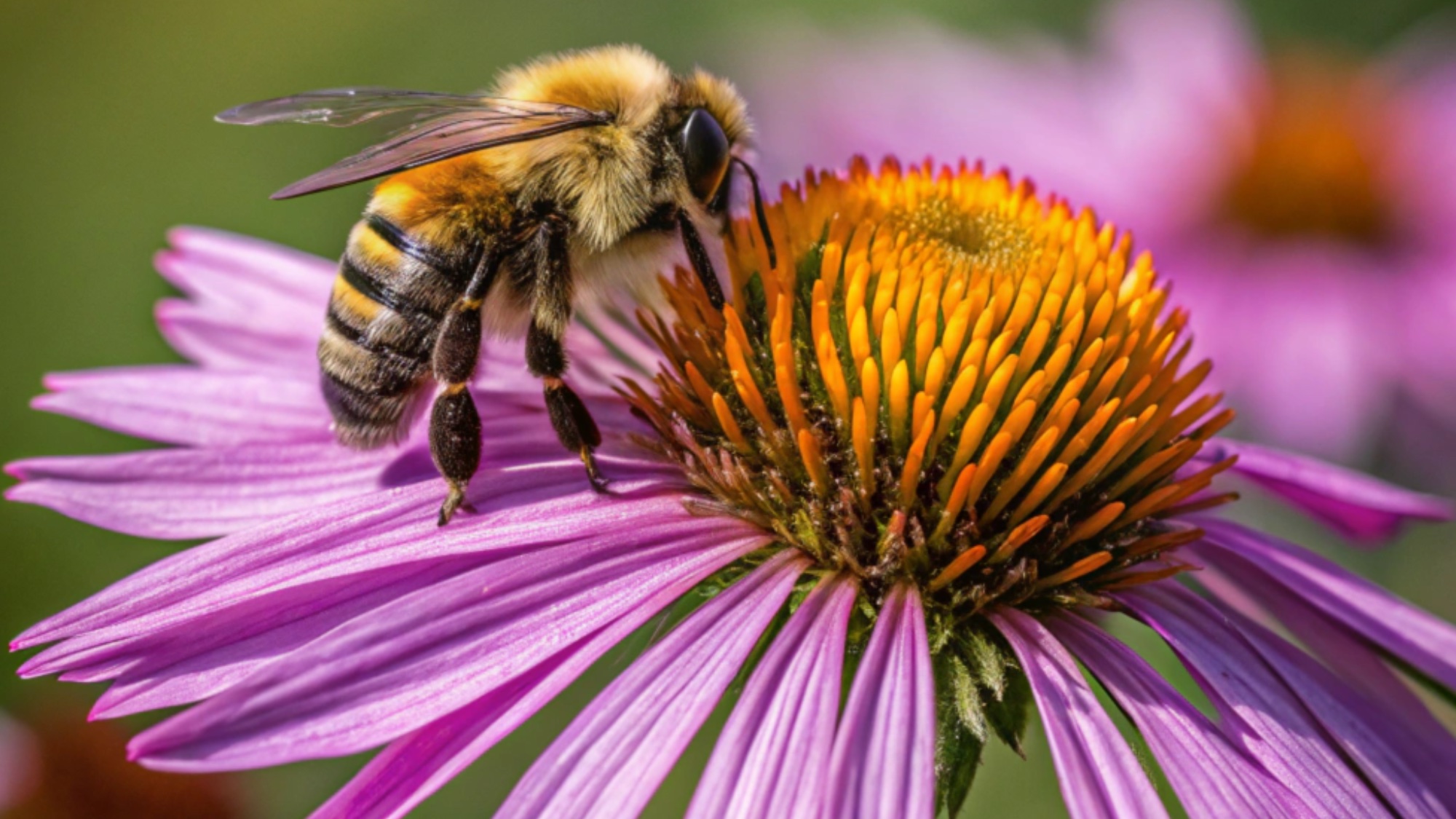
Coneflowers are not subtle. They have a large central seed head with vibrant pink or purple petals radiating outwards and will add an energetic vibe to your yard. Coneflowers, also known as echinacea, are perennial flowers related to sunflowers, daisies, and ragweed.
Lambert says, "These vibrant, native flowers are not just a feast for the eyes — they’re also tough and reliable perennials that come back year after year."
She also notes that they are easy to grow and adored by pollinators, making them worth adding to a garden for their environmental benefits, as well as their aesthetic appeal.
What’s more, they are perfect when the heat ramps up, as apart from bringing long-lasting color to any garden, Lamberts adds they are drought-resistant.
2. Oxeye daisy
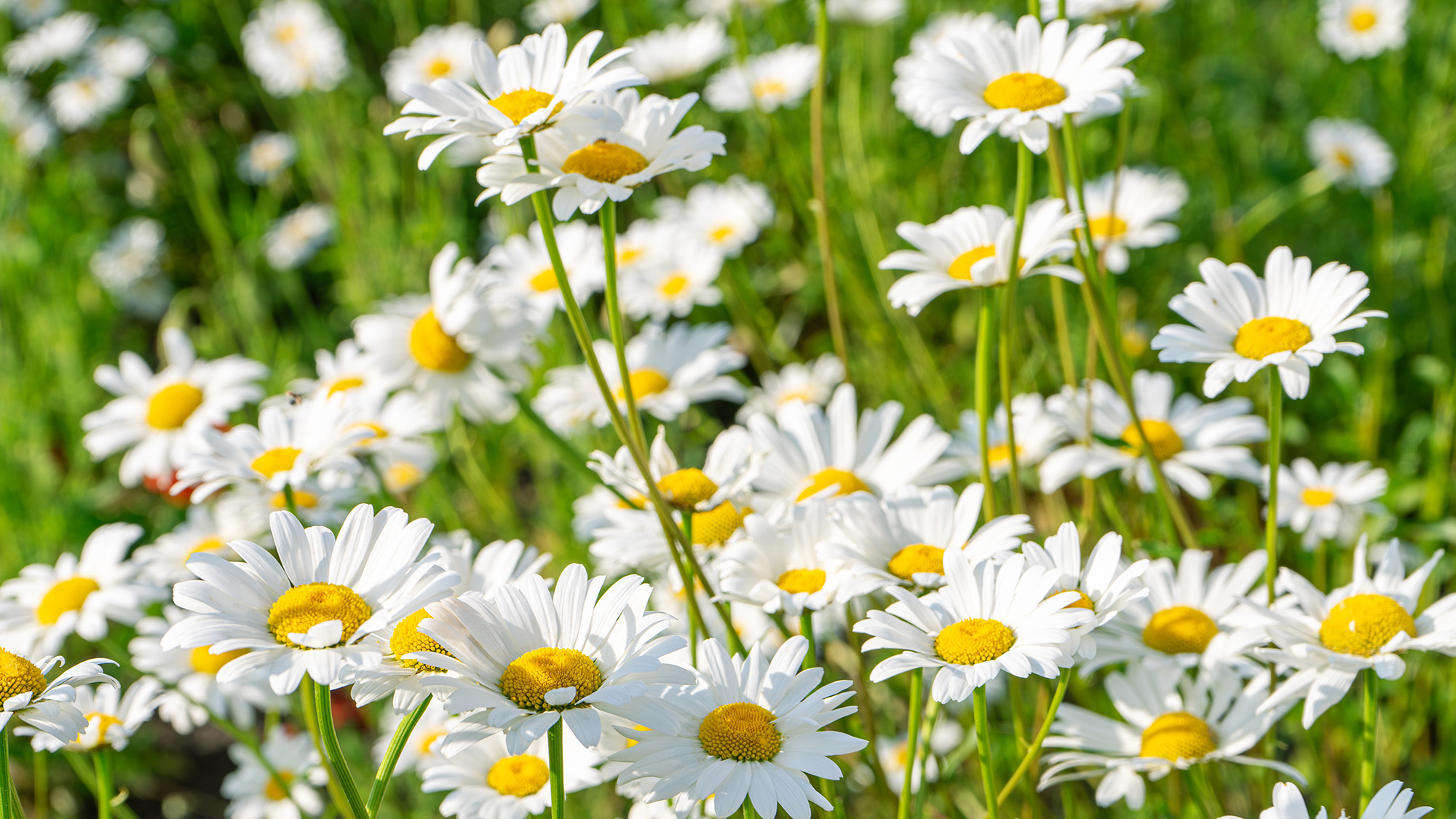
Oxeye daisies might not be the first choice to plant in your yards, as Lambert says they are "often spotted on roadside verges."
However, don’t let that deter you, as it has many benefits. "The oxeye daisy is a fuss-free flower that thrives on neglect," she adds.
"It handles poor soil well and requires very little watering once settled in," she explains.
It’s sounding more and more like my kind of flower — a specimen that doesn’t need much water and survives in dry soil, which sums up the conditions in my backyard.
What’s more, they don’t just thrive in poor conditions, they will bring in the bees and spread. Lambert explains, “These cheerful self-seeders return annually and spread with ease, bringing with them rustic charm and a welcome haven for pollinators.”
However, do be warned, as they can be invasive.
3. Meadow cranesbill
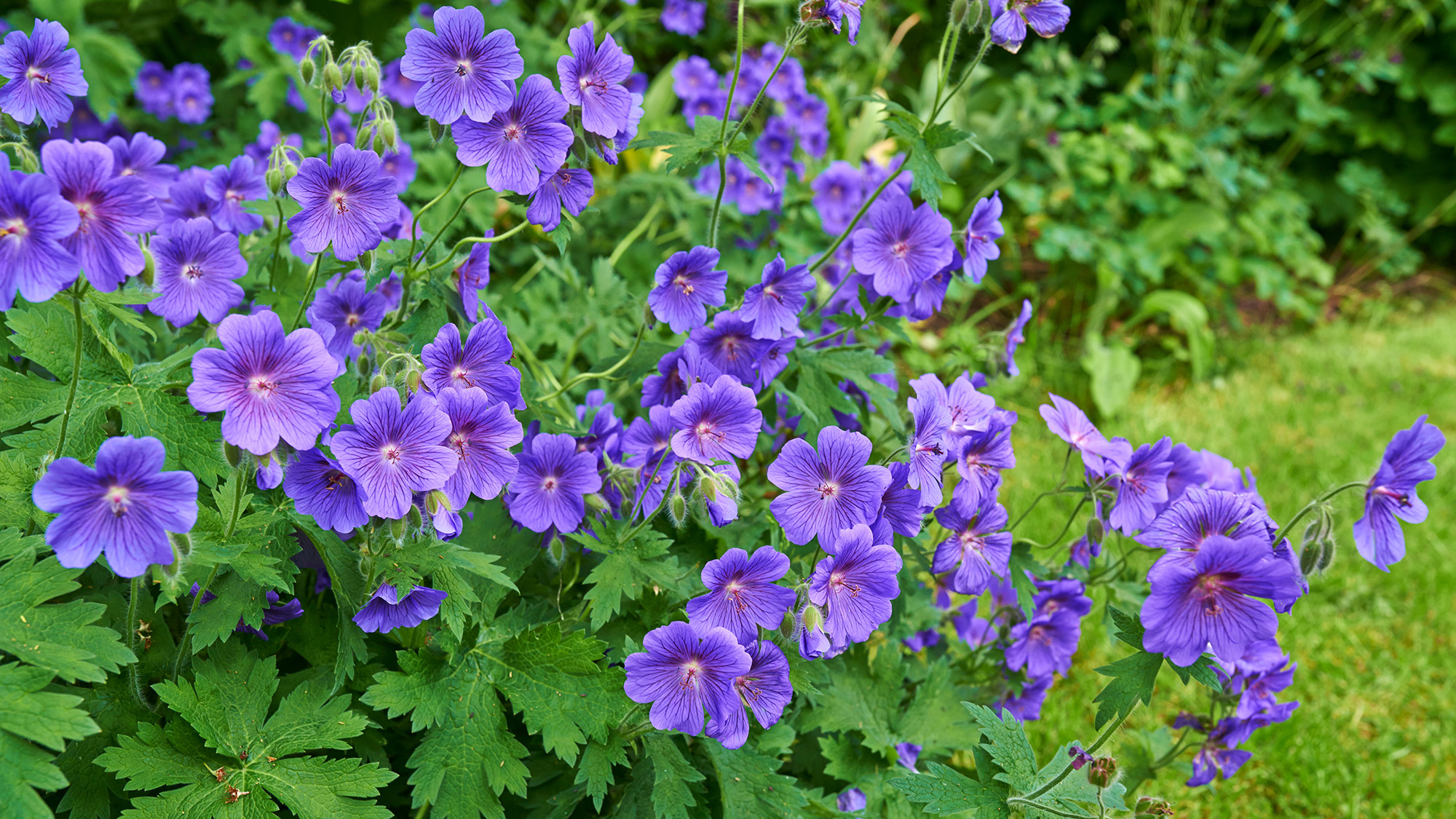
Meadow cranesbill is a clump-forming perennial with an abundance of saucer-shaped blue-violet flowers. Each flower has five petals, which get paler towards the center. The flowers develop into pointed, bill-like seed pods, giving the plant its common name, although formerly it is known as Geranium Pratense.
Lambert says, "With rich violet blooms and a place in the geranium family, this plant supports pollinators while adding definition and charm to beds and borders."
And she adds that "although young plants may need a little more water to begin with, meadow cranesbill is a fantastic choice for dry, well-drained soil once matured."
4. Musk mallow
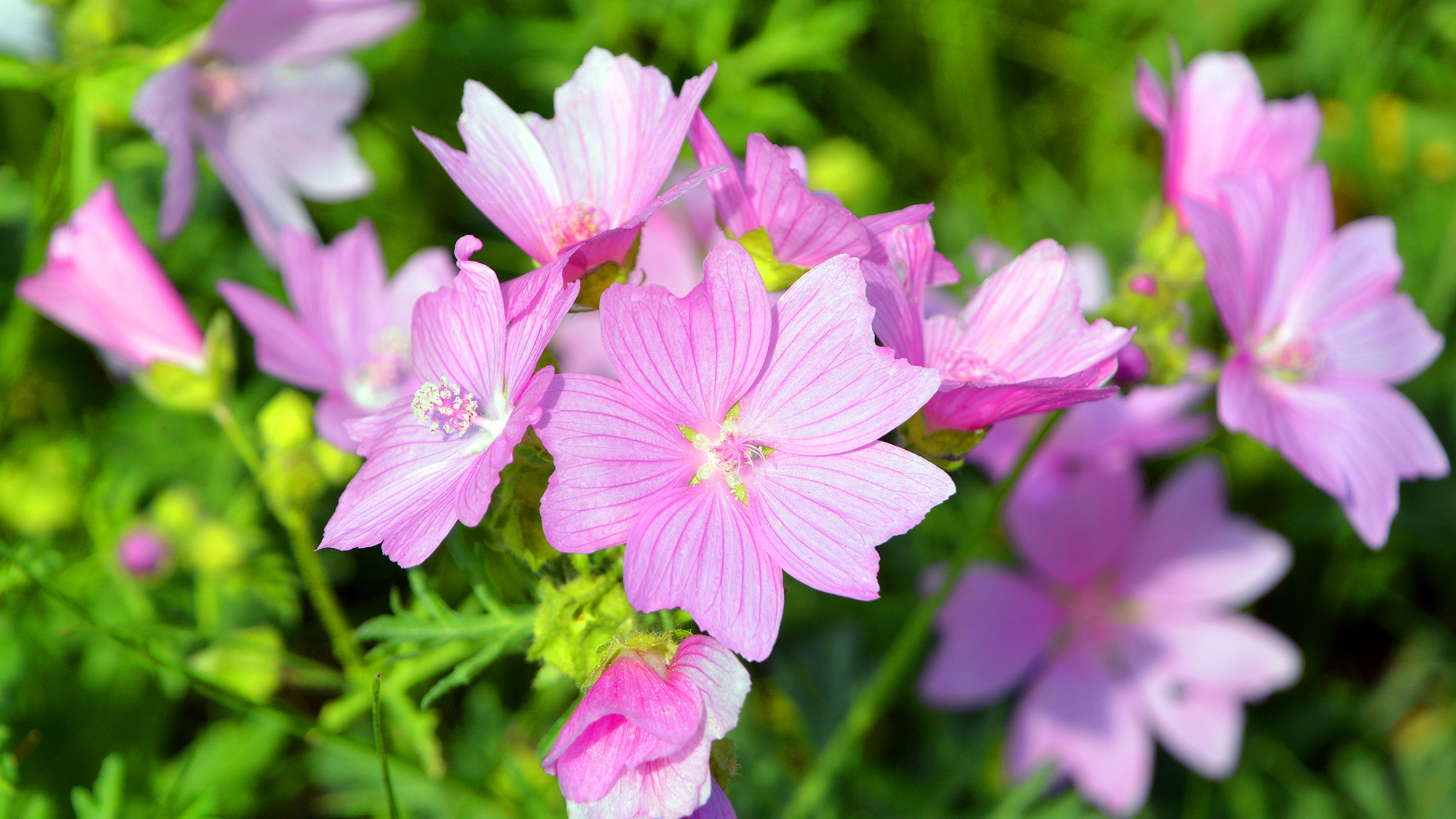
Musk mallow is another of Lambert’s favorite flowers for growing in hot environments. She says, "With soft pink flowers and a classic cottage garden appeal, musk mallow is both beautiful and hardy."
Musk mallow thrives in full sun but will adapt if planted in partial shade and can handle poor soil, although it will do best in well-drained soil.
And it’s one early summer-flowering plant that I’m going to add to my must-have list, as she also describes it as low-maintenance and drought-tolerant. But, you'll need to keep the soil moist after planting, as it will only tolerate dry soil once established.
If you plant musk mallow, you can expect to have plenty of bees and butterflies visit your garden, with Lambert adding, "Its vintage look and wildlife-friendly nature make it a garden favorite."
5. Cornflower
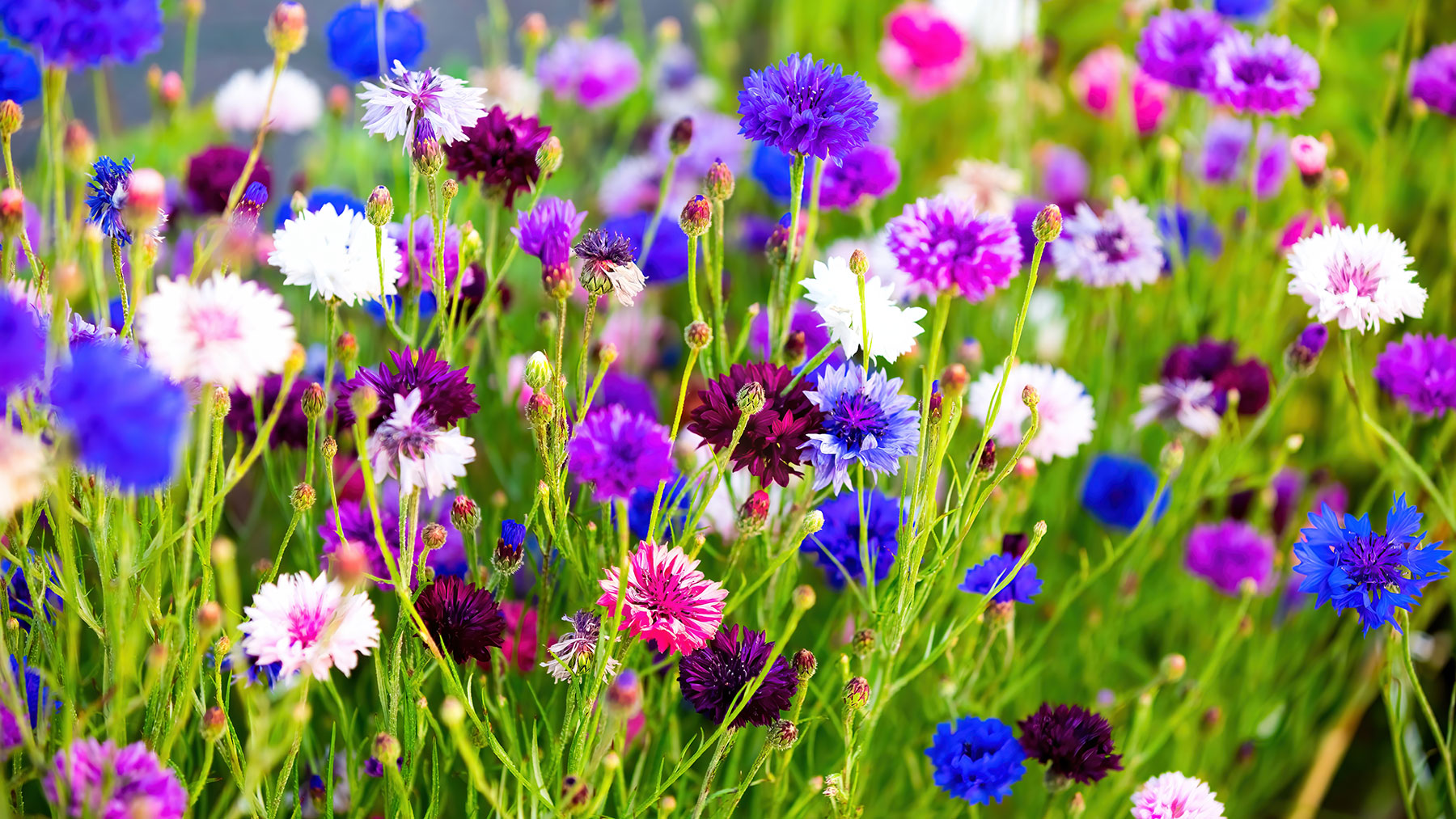
Apart from adding color to your garden, cornflowers make an excellent cutting flower if you prefer a ‘cottage’ look.
And they are also known as Bachelor’s Button, referring to a time when young men would wear them in their buttonholes while courting, or to declare their availability. It sounds so much more romantic than today's online dating equivalent!
Lamberts says, "These eye-catching blue blooms feature open faces, frilled petals, and curly stamens."
The flowers take on a thistle-like shape and are commonly an intense blue color, but they can also be found in purple, pink, red, and white, and they grow to about 36 inches tall.
Lamberts says, "Loved by bees and other beneficial insects, cornflowers are easy going once established and thrive with minimal watering."
They are also the ideal choice for adding colour and texture to a dry garden.




